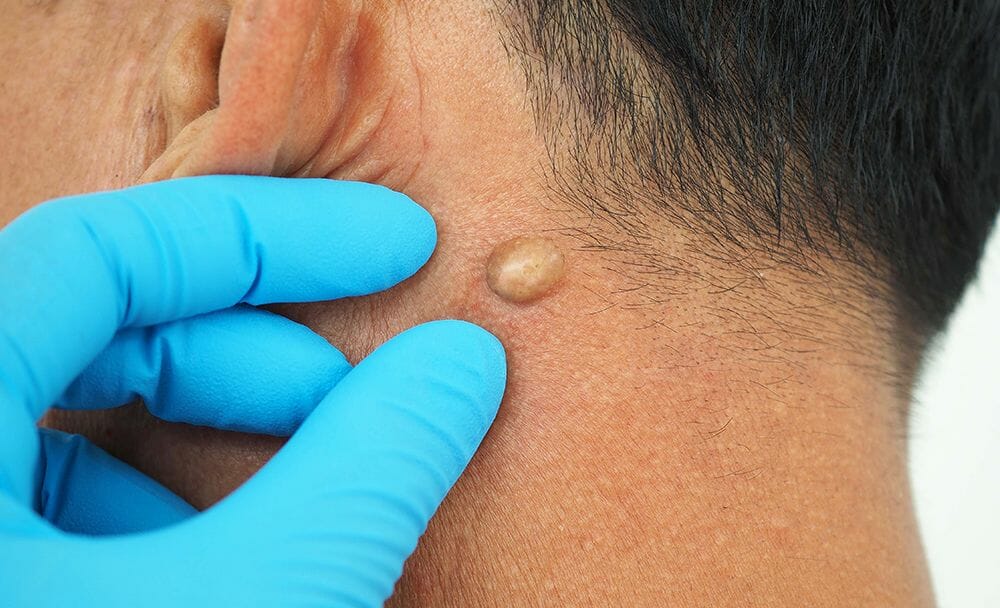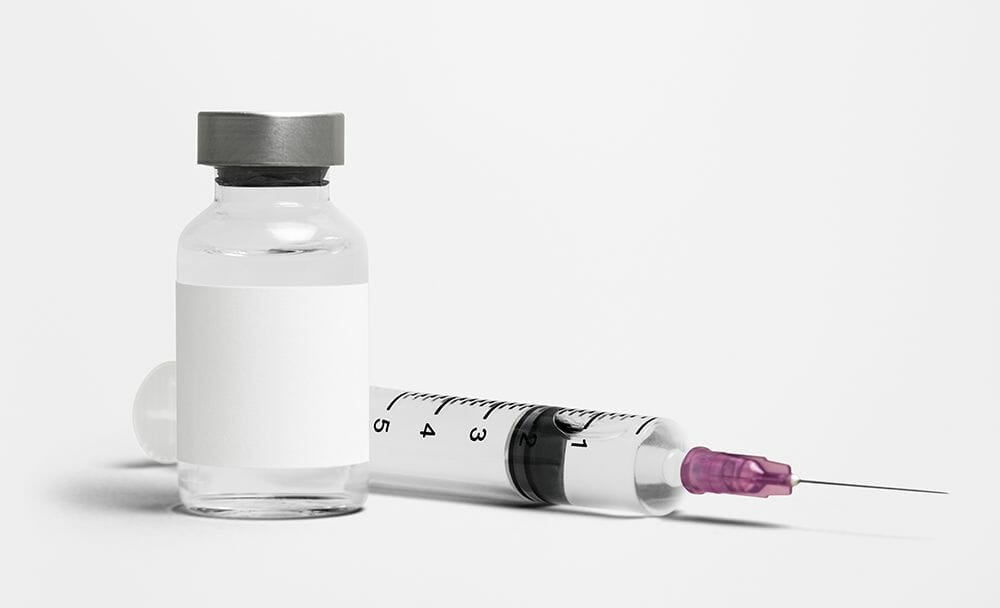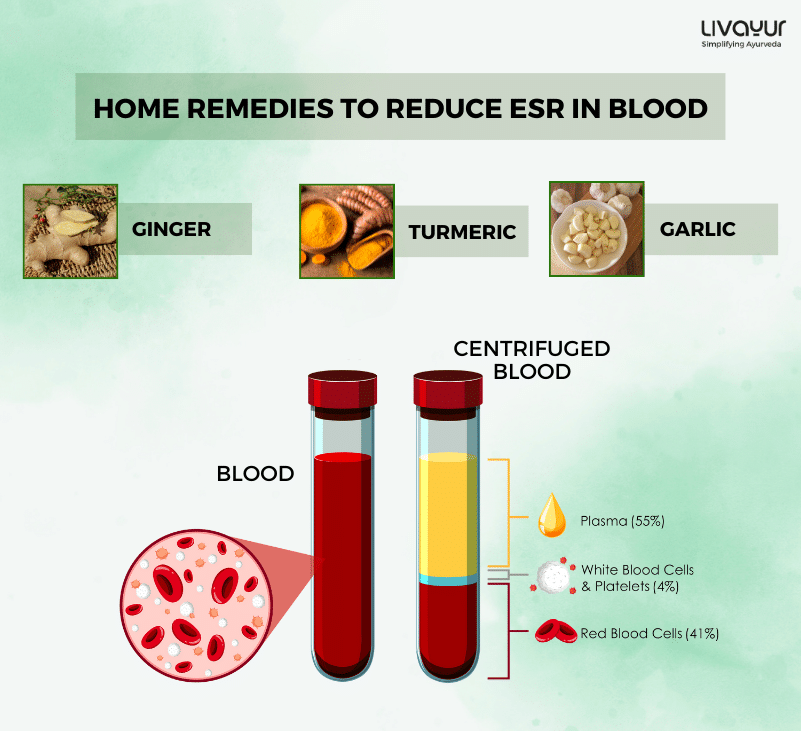Reviewed By Dr. Vipin Bihari Sharma

Lipoma, also known as fatty tumors, is benign and usually small growth that develops within the body’s fat cells. These tumors are one of the most common types of soft tissue tumors. While lipomas can occur anywhere in the body such as the thigh, shoulder, or trunk, they most commonly occur as swelling just beneath the skin. [1] In this article, we will explore the lipoma meaning, lipoma causes, lipoma symptoms, types, diagnosis, and treatment options for lipomas.
Causes of Lipoma:
The exact lipoma causes are still unknown. However, several factors may contribute to their development, including:
Genetic Factors:
There is evidence to suggest that certain genetic factors may trigger lipomas. Some individuals may have a family history of lipomas, indicating a possible genetic predisposition. [2]
Adipose Tissue Abnormalities: [3]
Lipomas are believed to arise from abnormal growth or development of adipose (fat) tissue. The mechanisms that lead to this abnormality are not fully understood.
Trauma or Injury: [3]
In rare cases, lipoma causes may be trauma or injury and it may develop at the site of a previous trauma or injury. However, the relationship between trauma and lipoma formation is not well-established.
Other factors:
There can be other factors that lead to the condition such as obesity, liver disease, alcohol abuse, as well as glucose intolerance. [3]
Symptoms of Lipoma:

Lipomas typically present as soft, doughy lumps beneath the skin. They are usually painless and slow-growing. However, the size and location of a lipoma can lead to various symptoms and complications. Common characteristics and lipoma symptoms include:
Soft, Mobile Mass:
Lipomas are generally soft to the touch, painless, and can be easily moved or pressed. They are oval or round nodules that are covered by normal skin. [4]
Slow Growth:
Lipomas tend to grow slowly over time. They may remain small, or they can grow to several centimeters in diameter. [4]
Location:
Lipomas commonly occur on the neck, shoulders, arms, thighs, lipoma on back, and abdomen. However, they can appear in other areas of the body such as the GI tract, esophagus, and colon as well. [4]
Size and Number (multiple lipomas):
Lipomas can range in size from a few millimeters to several centimeters. Large lipomas especially which are more than 4 cm can lead to symptoms such as pain, constipation, diarrhea, vomiting, nausea, obstruction, intussusception, and bleeding. [4]
Rare Symptoms:
In rare cases, lipomas may cause pain, and discomfort, or can even cause arrhythmias and loss of consciousness. [4]
Types of Lipoma:
Lipomas can be classified into different types based on their characteristics and location. Some common types of lipomas include:
- Intermuscular lipoma: [3]
This is the most common type of lipoma, located just beneath the skin. It presents as a soft, mobile lump. [6]
- Intramuscular Lipoma: [3]
Intramuscular lipomas form deep within the muscle tissue. They may be more difficult to detect and may cause muscle-related symptoms if they compress nearby structures. [5]
- Parosteal/periosteal lipoma: [3]
These tumors develop on the surface of bones. They are rare and typically benign and present as painless lumps seen frequently in the middle-aged population. [7]
- Lipoma arborescens (synovial lipomatosis): [3]
This is a rare condition characterized by the abnormal growth of fatty tissue within the synovial membrane of the knee joint. It can cause swelling, pain, and limited joint mobility. [8]
- Intracranial lipoma: [3]
This is a rare condition characterized by the presence of a fatty tumor within the brain. These lipomas are typically benign and asymptomatic, but in some cases, surgical intervention may be required. The need for surgery arises if the lipomas cause symptoms or pose a risk to neurological function. [9]
Diagnosis of Lipoma:
A lipoma can often be diagnosed through a physical examination and medical history assessment. However, in some cases, further diagnostic tests may be needed to confirm the diagnosis or rule out other conditions. Common methods used in the diagnosis of lipomas include:
Physical Examination:
A healthcare professional will examine the lump and assess its characteristics, such as size, texture, and mobility. [3]
Imaging Tests:
Imaging tests like ultrasound may be conducted to visualize the lipoma and its relationship with surrounding tissues. [3]
Biopsy:
In certain cases where the diagnosis is uncertain or if the lipoma shows atypical features, a biopsy may be recommended. A small sample of the lipoma tissue is collected and is examined under a microscope to confirm its benign nature. [3]
Treatment of Lipoma:
In most cases, lipomas do not require treatment unless they cause significant discomfort, interfere with normal function, or are of cosmetic concern. If the lipoma is small, painless, and not causing any complications, only an observation approach may be adopted. Regular monitoring is recommended to detect any changes in size or symptoms. [2]
However, if necessary, there are several lipoma treatment options available:
Surgical Removal:
Surgical excision is the most common lipoma treatment option. It involves the surgical removal of the lipoma and surrounding tissue. This method ensures complete removal and is typically done. [2]
Liposuction:
Liposuction can be a lipoma treatment to remove larger lipomas or lipomas in sensitive areas. [2]
Therapies such as endoscopy and colonoscopy:
These techniques are employed in cases of lipomas of the gastrointestinal tract where the lipomas are removed completely. [2]
Steroid Injections:

In some cases, steroid injections may be used combined with isoproterenol to shrink the lipoma and as a lipoma treatment. [3]
Lipoma Dissolving Injections:
Injecting substances such as deoxycholate or phosphatidylcholine into the lipoma can help break down the fatty tissue and reduce its size. [3]
Injection lipolysis:
This is a new treatment for lipoma which also helps to dissolve fat for non-surgical body contouring. [10]
FAQs
How to remove a lipoma yourself?
It is not advisable to attempt to remove a lipoma yourself. Lipoma removal should be performed by a qualified healthcare professional, such as a dermatologist or surgeon, in a sterile environment. They have the knowledge, skills, and proper equipment to safely remove the lipoma and minimize the risk of complications or infection. Self-removal attempts can lead to injury, infection, scarring, and incomplete removal of the lipoma.
How can lipoma be prevented?
Maintaining a healthy lifestyle that includes regular physical activity and exercises, a balanced diet, and staying away from harmful substances like tobacco and excessive alcohol consumption may contribute to overall well-being and potentially reduce the risk of lipoma formation.
What is lipoma treatment in Ayurveda?
According to Ayurveda, the condition known as Medoja granthi is comparable to lipoma. Ayurvedic texts describe this granthi as occurring in the sixth layer of the skin called “Rohini.” It is believed that imbalanced Vata dosha, impure medas dhatu (fatty tissue), and Kapha dosha accumulate in the muscle tissue (Mamsa) and blood vessels, resulting in a cystic-like swelling with an excess accumulation of fat. The symptoms of Medoja granthi are similar to those of lipoma, including a soft and movable lump, a smooth and ghee-like appearance, size changes in proportion to body growth, and a ghee-like discharge when burst open. Medoja granthi is said to be treatable. Some Ayurvedic recommendations that may help manage lipomas:
Herbal Remedies: Ayurvedic herbs like Triphala, which is a combination of Indian gooseberry, black myrobalan, and belleric myrobalan are believed to have properties that help reduce fats and thus address the cause of lipomas.
Other remedies include choorna (powders) such as Dashanga lepa, Mustha, and Triphala; Vati (tablets) such as Triphala guggulu, Kanchanara guggulu; Kashaya (decoctions) such as Aragwadhadi kashayam, Varunadi kashayam, Maha manjisthadi kashayam; Rasa (Mercurial preparations) such as Gandhaka rasayana, and Arishtas such as Khadirarishtam.
Some home remedies include castor oil massage, application of aloe vera and honey mix, application of warm salt water, apple cider vinegar, and a combination of turmeric powder, black pepper powder, and ginger powder.
Conclusion
Lipomas means benign fatty tumors that are slow-growing, usually painless, and often do not require treatment unless they cause discomfort or cosmetic concerns. While the exact lipoma causes are unknown, genetic factors and adipose tissue abnormalities are believed to play a role. Proper diagnosis through physical examination, imaging tests, and occasionally a biopsy helps confirm the presence of a lipoma. Treatment options include observation, surgical lipoma removal, liposuction, and other minimally invasive techniques.
Disclaimer:
This article is written from a health and wellness perspective only and is not a piece of medical advice. Kindly seek the help of a certified medical practitioner before initiating any treatment.
References:
- Giant Lipoma: A Case Report
- Lipoma
- Lipoma Pathology
- Lipomas – A health condition that cannot be ignored
- Intramuscular Lipoma: A Review of the Literature
- Ultrasound image of an intermuscolar lipoma-An intermuscular lipoma of the caudal
- Parosteal lipoma of the forearm
- Lipoma Arborescens of the Knee: Report of Three Cases and Review of the Literature
- Intracranial lipomas: Clinical appearances on neuroimaging and clinical significance
- Treatment of Lipoma by Injection Lipolysis

















